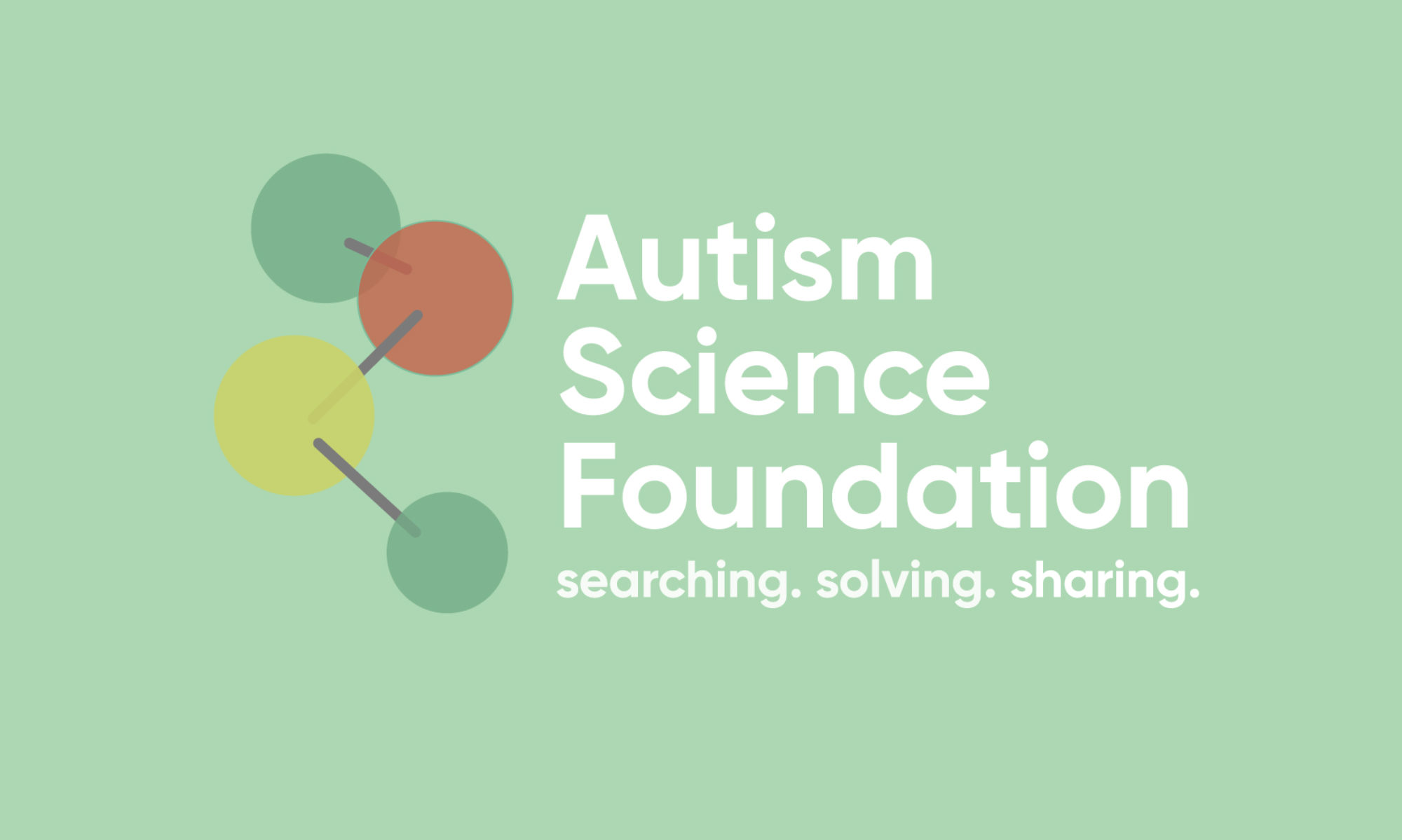Podcast: Play in new window | Download
Subscribe: RSS
This week’s ASF podcast is a special treat – Dr. Daniel Geschwind from UCLA provides an understanding of the brains of people with autism, focusing on those with a mutation in chromosome 15. He goes over how they are similar and different (teaser: they are more similar) and answers questions from families about how this research is important for helping improve the lives of people across the spectrum.
